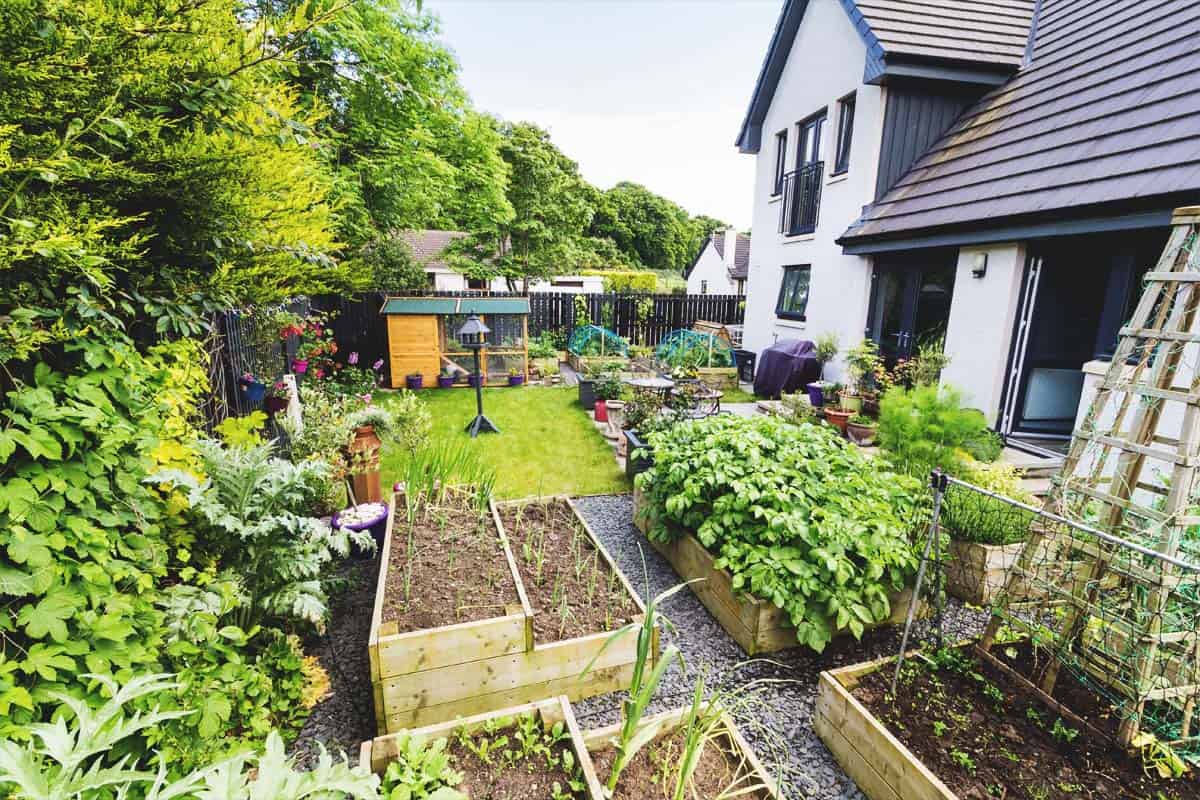Are you curious about backyard beekeeping basics and how it can transform your homestead? This guide will help you explore the fascinating world of beekeeping right in your backyard. With increasing interest in sustainable living, more homestead dreamers are turning to backyard beekeeping as a rewarding and environmentally friendly hobby.

Understanding Backyard Beekeeping
Before you dive into backyard beekeeping, it’s important to understand what it entails. Beekeeping is the practice of maintaining bee colonies, typically in man-made hives. It involves managing bee health, collecting honey, and ensuring the safety of both the bees and the beekeeper.
Why Choose Backyard Beekeeping?
Choosing to keep bees in your backyard can provide numerous benefits. Not only does it offer a supply of fresh honey, but it also supports local ecosystems by promoting pollination. Beekeeping can enhance your garden’s productivity, making it a great addition to any homestead.
Getting Started with Backyard Beekeeping
Essential Equipment for Beekeeping
To start your journey into backyard beekeeping, you’ll need some essential equipment:
- Beekeeping Suit: Protects you from stings while handling bees.
- Beehive: The home for your bee colony.
- Smoker: Helps calm the bees during hive inspections.
- Hive Tool: Used for opening the hive and inspecting frames.
Choosing the Right Bees
When starting with backyard beekeeping, selecting the right bees is crucial. Commonly chosen species include the Italian honeybee and the Carniolan honeybee, both known for their gentle nature and productivity.
Maintaining Your Beehive
Regular Hive Inspections
Conducting regular hive inspections is vital to ensure the health and productivity of your bee colony. Inspections help you monitor for signs of disease, check the queen’s health, and assess honey production.
Feeding and Watering Bees
During certain times of the year, supplemental feeding may be necessary. Bees need a balanced diet of nectar and pollen. Providing a water source near the hive is also essential for their survival.
Harvesting Honey and Other Products
When to Harvest Honey
The timing of your honey harvest depends on your local climate and the type of flowers available. Generally, honey is harvested in late summer or early fall when the frames are full and capped with wax.
Other Bee Products
Besides honey, bees produce other valuable products such as beeswax, propolis, and royal jelly. Each has its own uses and can be harvested with care.
Challenges in Backyard Beekeeping
Common Bee Diseases
Beekeepers must remain vigilant for signs of disease, such as Varroa mites or American foulbrood. Early detection and treatment are key to maintaining a healthy hive.
Weather and Environmental Factors
Weather conditions and environmental changes can impact bee health. Ensuring your hive is sheltered from extreme weather and has access to diverse forage is essential.
The Community of Beekeepers
Joining Beekeeping Associations
Connecting with other beekeepers through local associations provides support and valuable knowledge. It’s a great way to learn from experienced beekeepers and share your experiences.
Participating in Beekeeping Workshops
Attending workshops and seminars can enhance your beekeeping skills and keep you updated on the latest practices and techniques.
Resources for Aspiring Beekeepers
For those interested in delving deeper into backyard beekeeping, there are numerous resources available. Websites like Grocycle and An Off Grid Life offer valuable insights and tips for beginners.
Integrating Beekeeping into Your Homestead
Integrating backyard beekeeping into your homestead can be a rewarding experience. It complements other homesteading activities such as gardening and caring for chickens.
Conclusion
Embarking on the journey of backyard beekeeping is an enriching endeavor. With the right knowledge and equipment, you can successfully raise healthy bees and contribute to your local ecosystem.

FAQ
What is the best time to start beekeeping?
The best time to start beekeeping is in the spring when flowers begin to bloom and bees become active.
How much space is needed for a beehive?
A typical beehive requires a few square feet of space, ideally in a sunny and sheltered location.
Is backyard beekeeping safe for children?
Yes, with proper precautions and supervision, children can safely learn about and participate in beekeeping activities.





